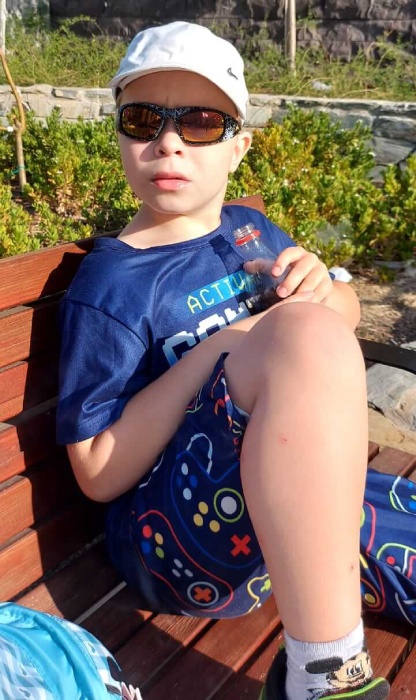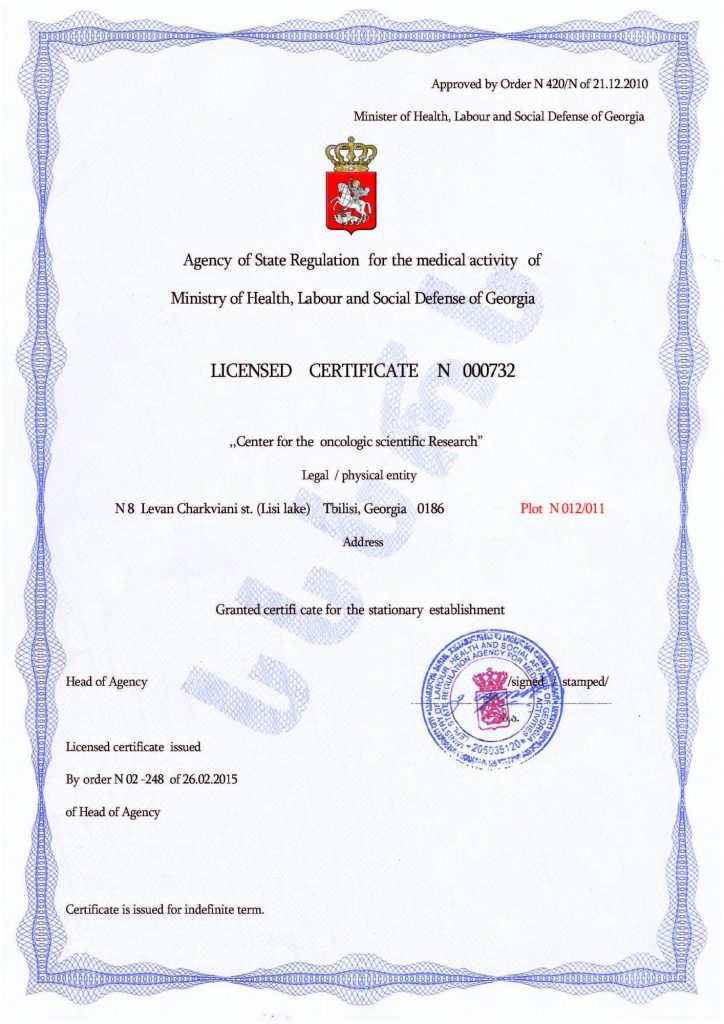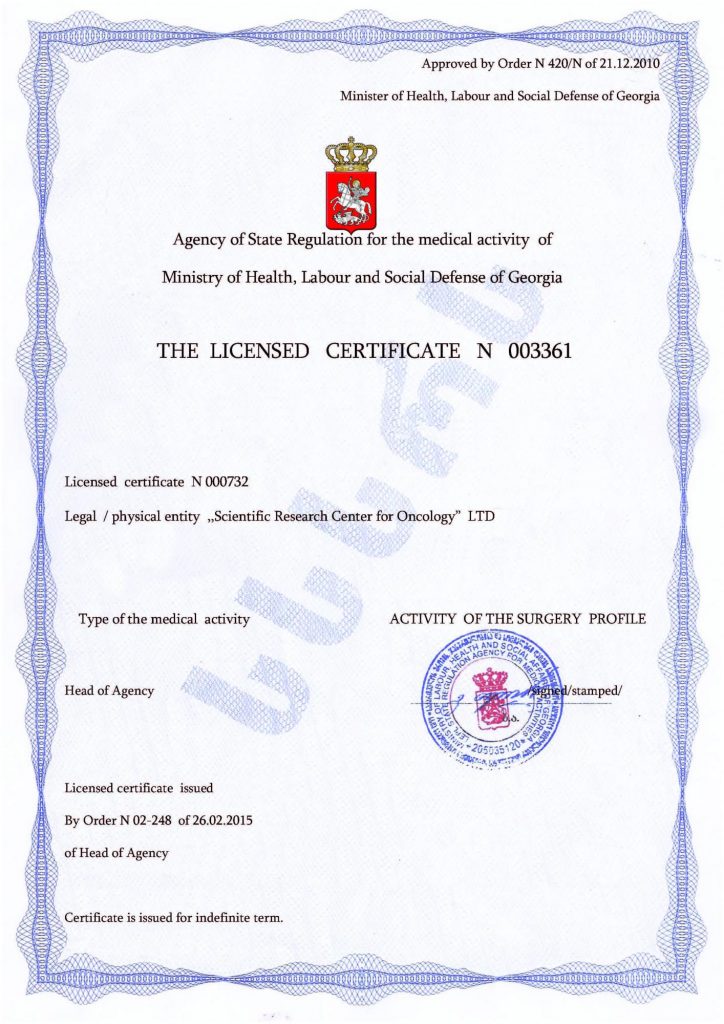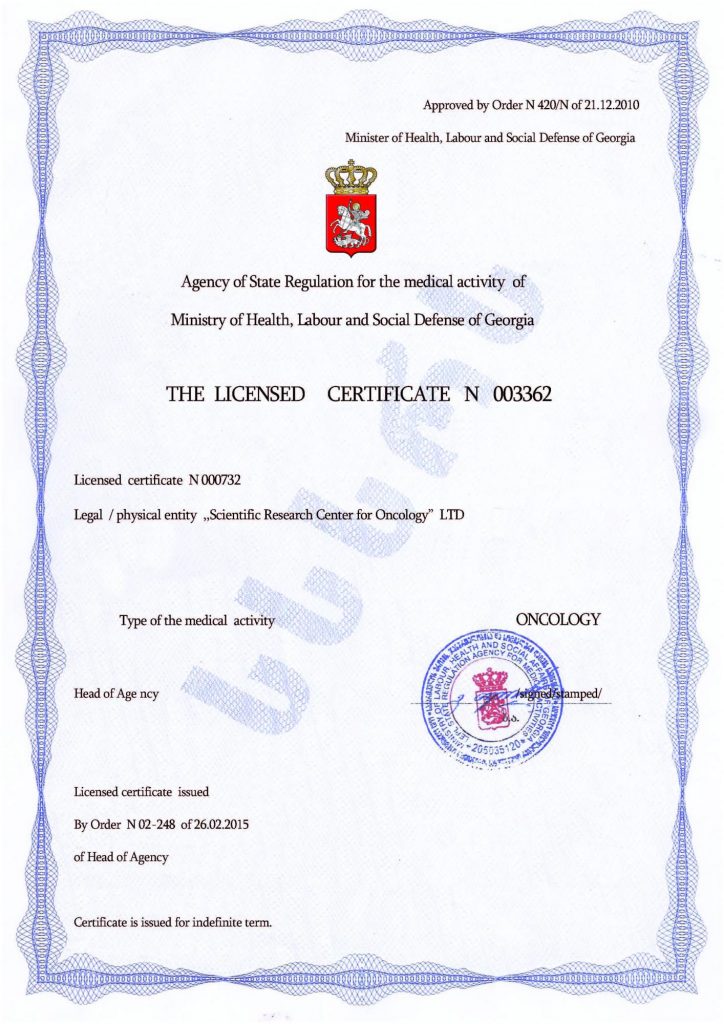Schizotypal Disorder and Autism
Parenting a child with schizoid autism can feel overwhelming, but understanding the condition and exploring effective treatment options can make all the difference.
What Is Schizotypal Disorder in Autism?
Schizotypal disorder in autism is a personality disorder where individuals avoid emotionally intense relationships, withdrawing into their fantasies through introversion and isolation. This condition often overlaps with symptoms of schizophrenia and autism, creating unique challenges.
Both schizophrenia and autism spectrum disorder (ASD) typically become apparent after the age of 3. Children with both conditions may exhibit advanced intellectual development but struggle with severe asocial tendencies. These traits can lead to an interest in abstract or philosophical concepts, but difficulties in social adaptation and routine tasks persist.
Early Symptoms of Schizophrenic Autism
In rare cases, symptoms may manifest before the age of 3, as seen in Kanner syndrome (early childhood autism). These children may:
- Struggle to form emotional bonds with their mother and close relatives
- Exhibit monotonous behaviors
- Lag in developmental milestones, including self-care skills
After age 5, some improvements in behavior may occur, but core symptoms often remain throughout life.
Recognizing Schizophrenia in Autism
Children with schizotypal autism are often characterized by:
- Isolation, self-absorption, and introversion
- Limited communication with peers, marked by clumsiness, embarrassment, and stress
- A metaphorical “wall” separating them from the world, hindering their social interactions
In later life, these individuals may have low empathy, struggling to understand or share emotions with others. They may prefer their own enclosed world over social interactions.
Key Characteristics of Schizophrenic Autism
- Paradoxical Behavior: Contradictions are evident in their actions, thoughts, and emotional responses.
- Clumsy Movements: Body movements are often angular and imprecise.
- Flat Affect: Facial expressions are minimal, and speech is monotone and lacks emotional variation.
- Distinct Wardrobe Choices: Adults may dress carelessly or with exaggerated aristocracy.
- Extreme Feelings: They experience emotions in absolutes—either love or hate.
- Unusual Hobbies: Interests are often unconventional and surprising.
- Detachment: Their attitude toward life is indifferent and withdrawn.
A Breakthrough in Treating Schizoid Autism
One of the most impactful treatment advances in the last decade is stem cell therapy for childhood autism. This innovative approach has gained popularity worldwide, with thousands of patients reporting significant improvements.
Why Stem Cell Therapy?
Stem cell therapy is unique because it:
- Addresses underlying causes of the condition, unlike other treatments that primarily manage symptoms
- Restores functionality to body systems affected by the disease
- Enhances the efficacy of complementary therapeutic techniques
The treatment focuses on rebuilding the brain’s structure, targeting both schizoid mental disorders and ASD simultaneously.
Contact the Mardaleishvili Medical Centre – they know how to help your child!
Autism Treatment Center Videos
Autism treatment with own stem cells
Cord blood association congress
International Quality Crown
Autism Treatment Reviews
Autism treatment with own stem cells
The story of Alessandro (6 years old)
Autism Patient Testimonial - Stem Cell Treatment
Clients Testimonials

Anna – Sasha’s mother Read More

Amirkhon’s father — Tokhir Read More
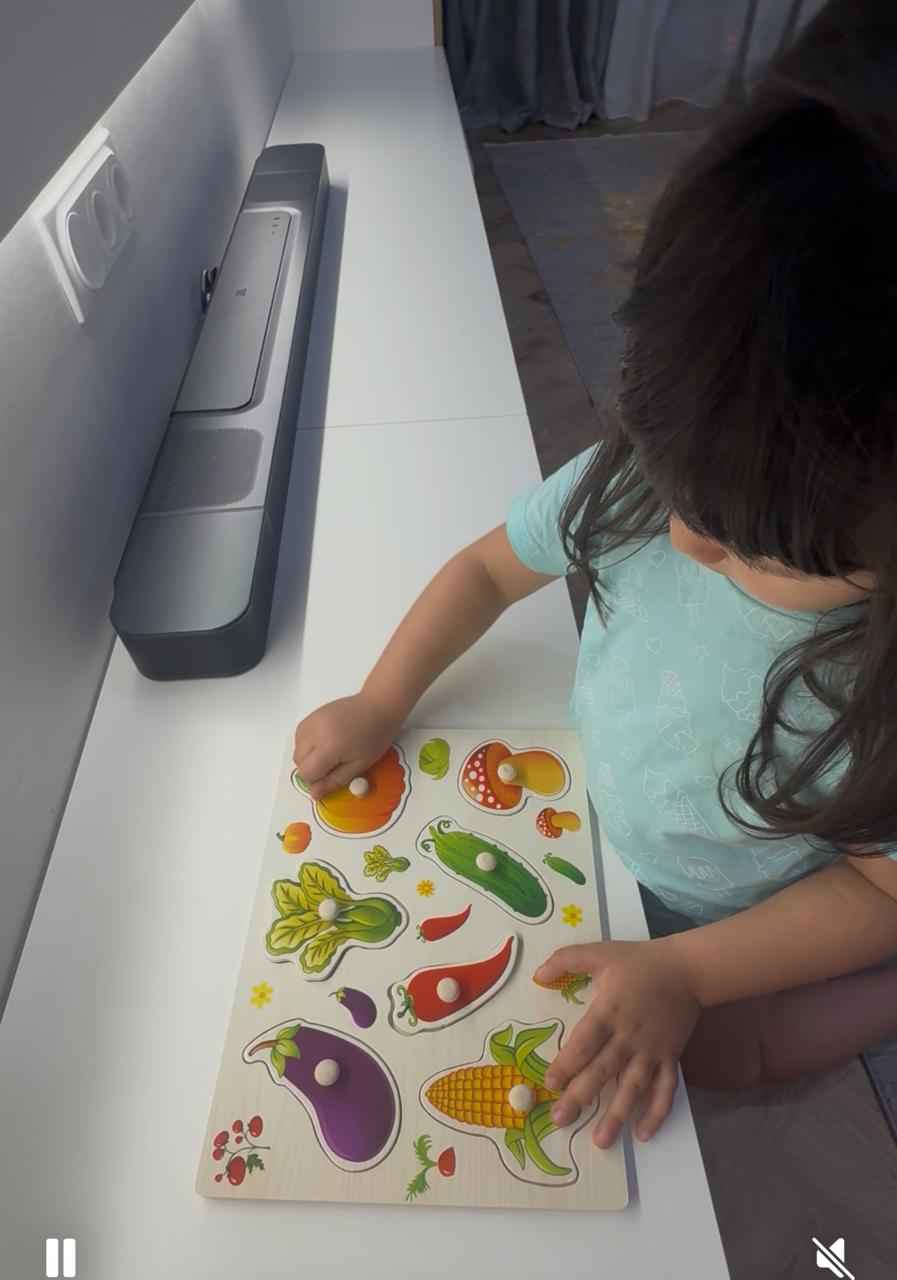
Dilana’s mother Read More

Irina and Stefan – Ilya’s parents Read More

Kristina – mother of Nelly and Nik Read More
